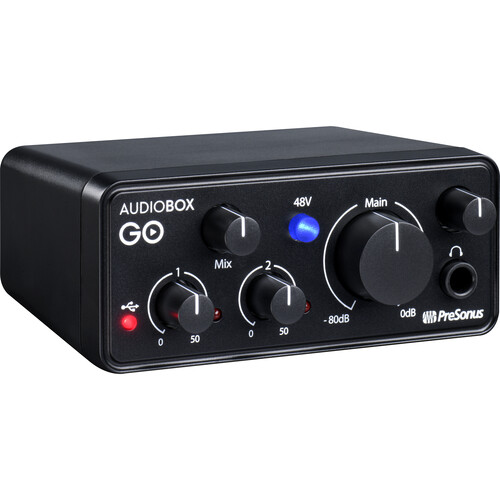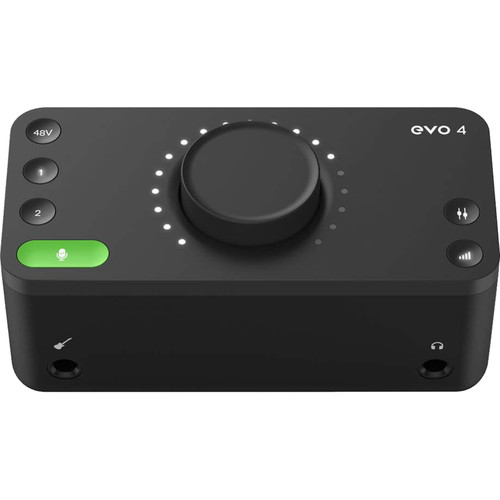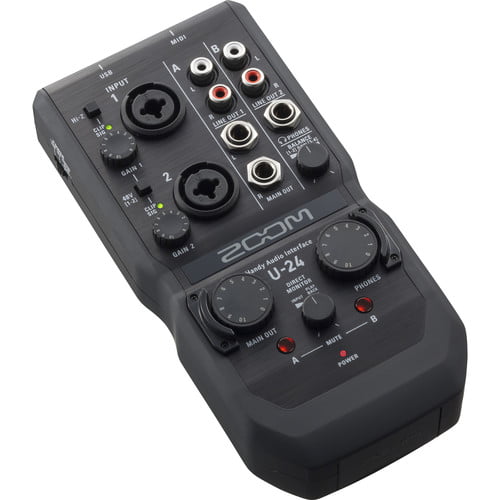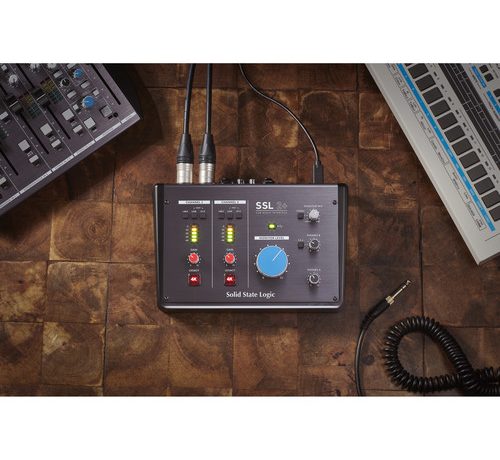Best Audio Interface for iPhone and Android Phones
Best Audio Interface for iPhone and Android Phones Overview
Audio Interface for iPhone and Android Phones
Choosing an audio interface can easily get complicated, and it can be challenging to locate any trustworthy information online. For iPhones and iPads, there are simpler and more direct solutions available because Macs have closed end medium meaning one working methods works for all the system on Mac OS. As For android device as it is an open end working environment different brand have different workings in the phones causing more issues Furthermore, while the majority of producers lean for Android, this is not a strict necessity.
Two Main factors To Look At Before Buying Audio Interface:
- Connection : This is the method by which your phone or tablet is physically connected to your interface. Finding the various USB ports that are available can be a little annoying, but don’t panic! We’ve got the whole thing covered.
- Device Compatibility: Verify that your Android device is compatible with the interface drivers.
Audio Interface For Android Phones
A USB-C port can be found on almost all contemporary Android phones and tablets, and any USB audio interface that complies with class standards will fit straight in. All you need to get started is a USB-C to C cable! A USB hub is required for earlier interfaces that use a USB-B or 2.0 connection. Investing in a multipurpose device that can link many interfaces is the best option.
Audio Interface For Android Phones |
 |
 |
 |
 |
|---|---|---|---|---|
| PreSonus AudioBox Go | Audient EVO 4 | IK Multimedia iRig PRO | Zoom U-24 | |
| Included Accessories | Audio Interface, Usb Cable type-C To Type-A | Audio Interface, Usb Cable type-C To Type-A | Audio Interface, Usb Cable type-C To Type-A | Audio Interface, Usb Cable |
| Intended Sound Sources | Condenser Microphones, Dynamic Microphones, Instruments | Condenser Microphones, Dynamic Microphones, Instruments | Condenser Microphones, Dynamic Microphones | Condenser Microphones, Dynamic Microphones |
| Audio Pattern | Mono, Stereo | Mono, Stereo | Mono, Stereo | Mono, Stereo |
| Connectivity | XLR, TRS | XLR, TRS | XLR, TRS | XLR, TRS |
| Os Compatibility | Android, Windows 10, macOS 10.15 or Later | Android, Windows 10, macOS 10.15 or Later | Android, Windows 10, macOS 10.15 or Later | Android, Windows 10, macOS 10.15 or Later |
| Maximum Sampling Rate | 96 kHz / 24-Bit | 96 kHz / 24-Bit | 96 kHz / 24-Bit | 96 kHz / 24-Bit |
| Available Colours | Black | Black | Black | Black |
Advantages of PreSonus AudioBox GO
- Even at maximum volume, the amp sounds fantastic and has a really clear signal path.
- We had no lag and the noise levels are quite low.
- For such a compact gadget, the sound quality is balanced and accurately captured.
Cons of the PreSonus AudioBox GO
- Having all the plugs on the back isn’t really practical; it would be simpler to manage certain I/O if it were on the front.
- When all the knobs are turned to the maximum, considerable noise is generated, which can be heard in recordings.
- Compared to other interfaces of a similar nature that provide crisper audio, the S/N ratio is substantially inferior.
Audient EVO 4 Benefits
- The smart functions, including Smartgain and Loopback work really well.
- Our recordings never distorted, remaining crystal clear throughout, with no latency, buzzes, or interference.
- The preamps have a clean response and great sound quality, with plenty of gain and support for a variety of mics.
Audient EVO 4 Drawbacks
- The one-dial design is great for minimalism, but is clunky to work with and takes some getting used to.
- Smart muting kicks in every time we plug in our headphones, which can be tedious to work with.
- Most smart settings such as Loopback are only available through the EVO app and reset every time you unplug.


